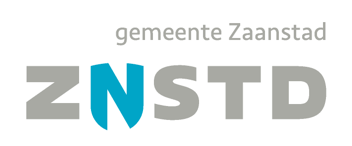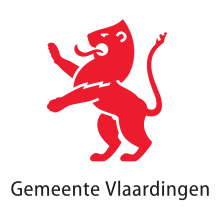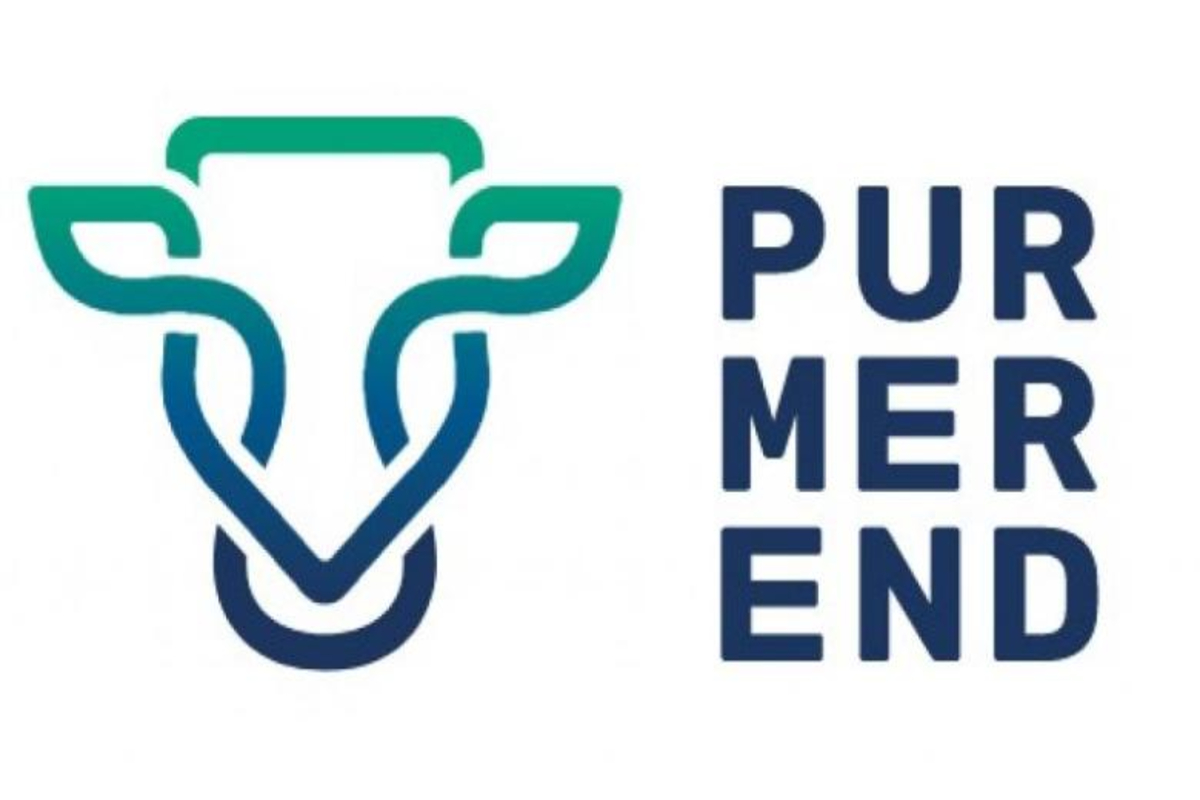In April this year McKinsey Quarterly covered a phenomenon well known to clients of NETSHEILA. In a team of analysts studied by Harvard University psychologists, the single strongest predictor of group effectiveness was the amount of help the team members gave to each other.
“In the highest-performing teams, analysts invested extensive time and energy in coaching, teaching, and consulting with their colleagues. These contributions helped analysts question their own assumptions, fill gaps in their knowledge, gain access to novel perspectives, and recognize patterns in seemingly disconnected threads of information. In the lowest-rated units, analysts exchanged little help and struggled to make sense of tangled webs of data. Just knowing the amount of help-giving that occurred allowed the Harvard researchers to predict the effectiveness rank of nearly every unit accurately.”
This helping-behavior facilitates organizational effectiveness by:
enabling employees to solve problems and get work done faster
enhancing team cohesion and coordination
ensuring that expertise is transferred from experienced to new employees
reducing variability in performance when some members are overloaded or distracted
establishing an environment in which customers and suppliers feel that their needs are the organization’s top priority.
Businesses – whether corporations or schools or non-profits – know that to stay in business they need to develop a competitive advantage.
The quality of the offering is defined by the people who contribute to making the offering. The quality of a school is defined by the quality of the teaching, and the quality of the teaching is defined by the ability of the school as a culture to be a place where teachers excel.
We have all seen organizations where the culture does not support excellence. In some of these organizations the vision is words on paper and the practice is working hard to do what the individual thinks is the best thing to do – or in the worst case, doing blindly what the boss wants them to do. In some organizations performance measurement is so central, that people are afraid to let others know where they need help and instead try to do everything alone. Colleagues are so busy they don’t have time to look at what they can contribute to others and what others can contribute to them. There is no culture of delighting in finding ways of combining talents.
At NETSHEILA we are keen to cut through the fear of expressing your ideas and your needs. We work with organizations to find ways of weaving requests and offers into team practices. Great teams find the powerful intersection between what the individuals are good at and love doing.
One way of reducing variability in performance when some members are overloaded or distracted is to embed cooperation in the way things are done in the business. One of the best ways to do this is to build a culture of cooperation. That way, when employees leave and new employees come in to the organization, the ability to work together to build competitive advantage together remains.
And meanwhile people get more done with less effort and more enjoyment. Building a culture of cooperation pays off.
Lin McDevitt-Pugh MBA
Lin is the director of NETSHEILA and is availabe to speak about building a culture of cooperation in your organization. Call +31 6 15048468 or write to info@netsheila.com
Our clients



















